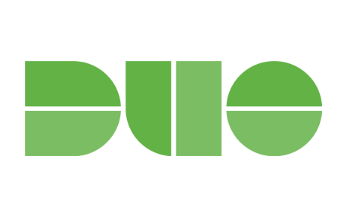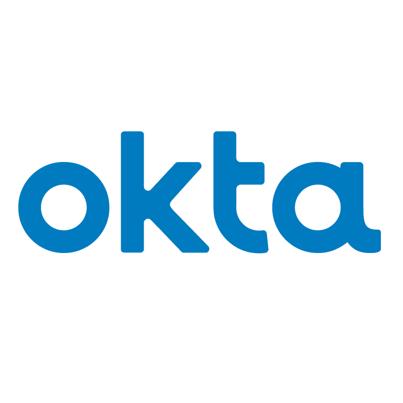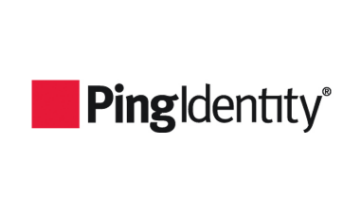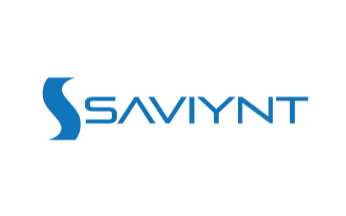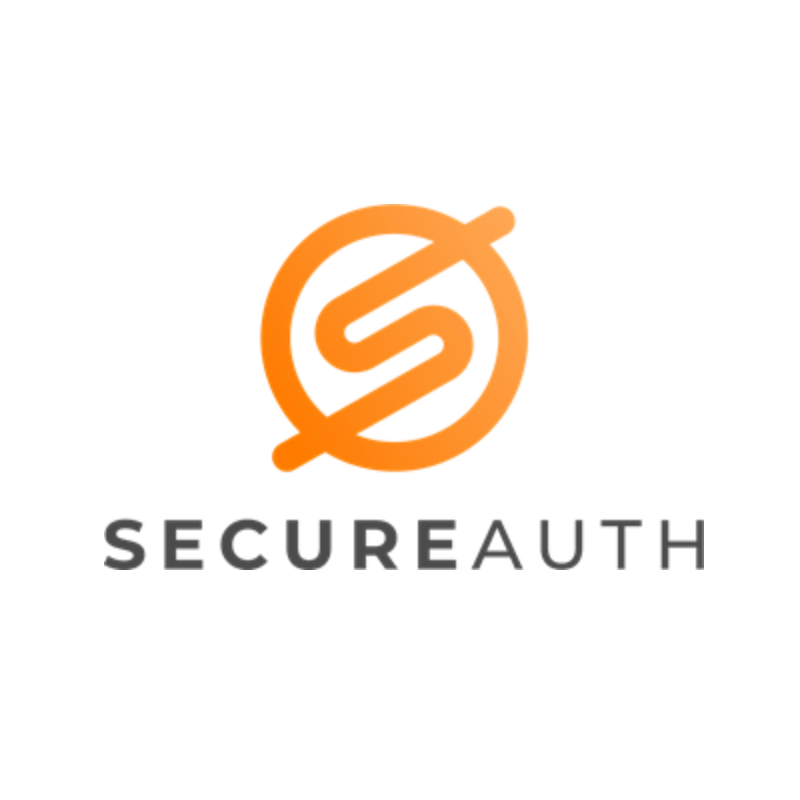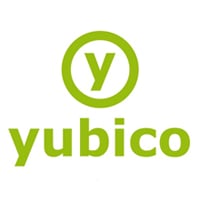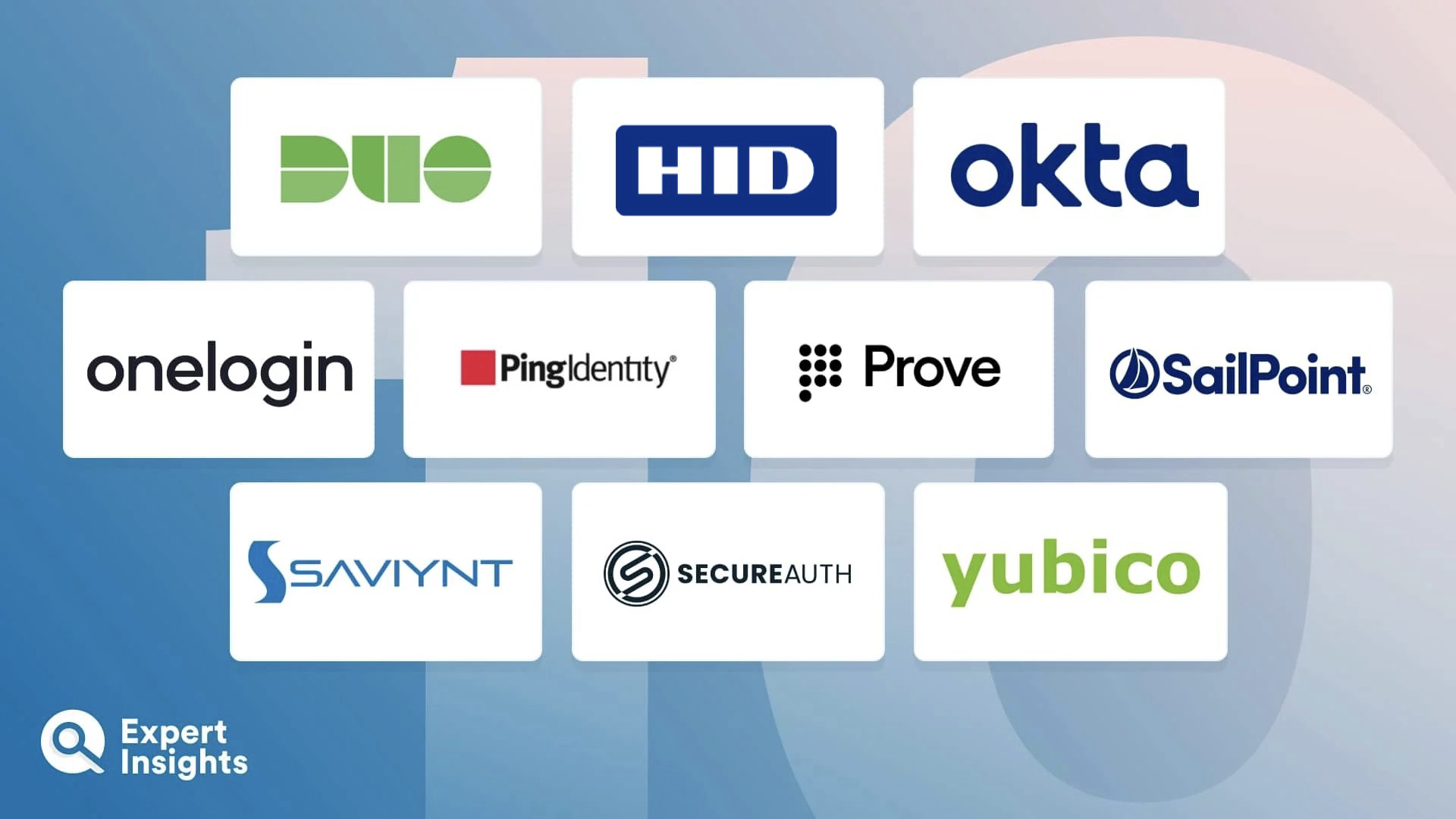FAQs
What Is Multi-Factor Authentication (MFA)?
Multi-factor authentication (MFA) is a type of identity verification that requires users to prove their identities in two or more ways before they’re granted access to certain digital applications, systems or networks.
They can do this via three methods: something they know, such as a password, PIN or secret answer; something they have, such as a hardware token or code from an authentication app; or something they are, which refers to biometric authentication such as fingerprint scanning.
Enforcing multi-factor authentication secures your company’s data against credential-based attacks and account takeover. With MFA in place, it’s incredibly difficult for an attacker to hack into a user’s account—even if they manage to guess or steal that user’s password via phishing or brute force—because they would have to bypass that second method of authentication.
For more information on the different types of authentication and which are the most secure, read our guide: What Are The 3 Types Of Multi-Factor Authentication?
What Is Risk-Based Authentication?
Risk-based authentication, or “adaptive” authentication, is a type of identity and access management solution that determines the level of verification required for a user to access an account based on the context of their login.
There are a few steps to this. First, the MFA solution analyzes each user’s normal login behaviors and creates a baseline of this. Then, for each future login attempt, the solution analyzes contextual information—such as the user’s geographic location, the time of the access request, and the device they tried to log in from—and compares it to the established baseline.
The risk-based authentication tool then assigns each login attempt a risk score based on this analysis; the further away the access request is from the user’s “normal” login behavior, the more risky or suspicious the login attempt is and the higher the risk score. The higher the risk score, the more likely the login attempt is illegitimate, and the higher the level of verification required. If the login isn’t deemed suspicious, the user is granted access with fewer layers of authentication. This ensures high levels of security, whilst making the authentication process as streamlined and inobtrusive as possible for the end user.
Risk-based authentication streamlines the login and authentication process for legitimate users by only “stepping up” authentication when needed. Because of this, risk-based authentication is a strong solution particularly for organizations whose employees may be averse to the adoption of MFA, due to it making it more difficult to access their accounts.
What Is Passwordless Authentication?
Passwordless authentication is exactly what is say on the tin—a means of verifying user identities without them having to enter a password. Though passwords are one of the most popular methods of securing access to both corporate and personal accounts, they’re not the most secure. This is because, for a password to be strong enough to evade password-cracking attempts, it must be long and complex. And a long and complex password can be difficult to remember—especially when you have to remember tens or even hundreds of them!
Because of this, many people re-use passwords across multiple accounts, don’t change their passwords frequently enough, or use weak, easy-to-remember passwords—that are also easy to crack. And as a result, over 61% of all breaches involve the use of lost or stolen credentials.
Passwordless authentication tools mitigate this risk by eliminating the use of passwords, instead requiring users to verify their identities using something they have (authenticator apps, hardware tokens, etc.) or something they are (fingerprint scans, iris scans, typing patterns, etc.).
You can find out more about how passwordless authentication works in our guide: What Is Passwordless Authentication?
What Is Single Sign-On (SSO)?
Single sign-on (SSO) is an identity management solution that enables users to sign into multiple accounts or applications using just one set of credentials. This streamlines the login process for users, while also strengthening the security of their accounts; because users only have to remember one set of credentials, they’re more likely to make sure those credentials are strong.
Additionally, SSO tools often provide integrations with MFA tools, adding a further layer of protection to user accounts by requiring them to verify their identities in at least two different ways before they’re granted access to all of their accounts.
To find out more about how SSO tools work and how secure they are, read our guide: How Secure Is Single Sign-On (SSO) For Businesses?
What Is Identity Governance And Administration (IGA)?
To define identity governance and administration (IGA), we need to break it down into its two parts: identity governance and identity administration.
Identity governance involves the creation of policies that define what duties and roles each user should perform, as well as event logging, analytics, and reporting. Identity administration involves the management of accounts and credentials, including provisioning and deprovisioning users and their devices.
Combining these processes, IGA solutions help organizations to better manage the lifecycles of their user identities, from provisioning and deprovisioning, to managing their password, managing access permissions, and automating role-based access workflows. They also make it easier to prove compliance with data protection standards by providing comprehensive logging and reporting functionality, which streamlines the audit process.
This support for compliance and auditing is what distinguishes identity governance and administration from identity and access management, which tends to focus solely on access security, rather than reporting.



